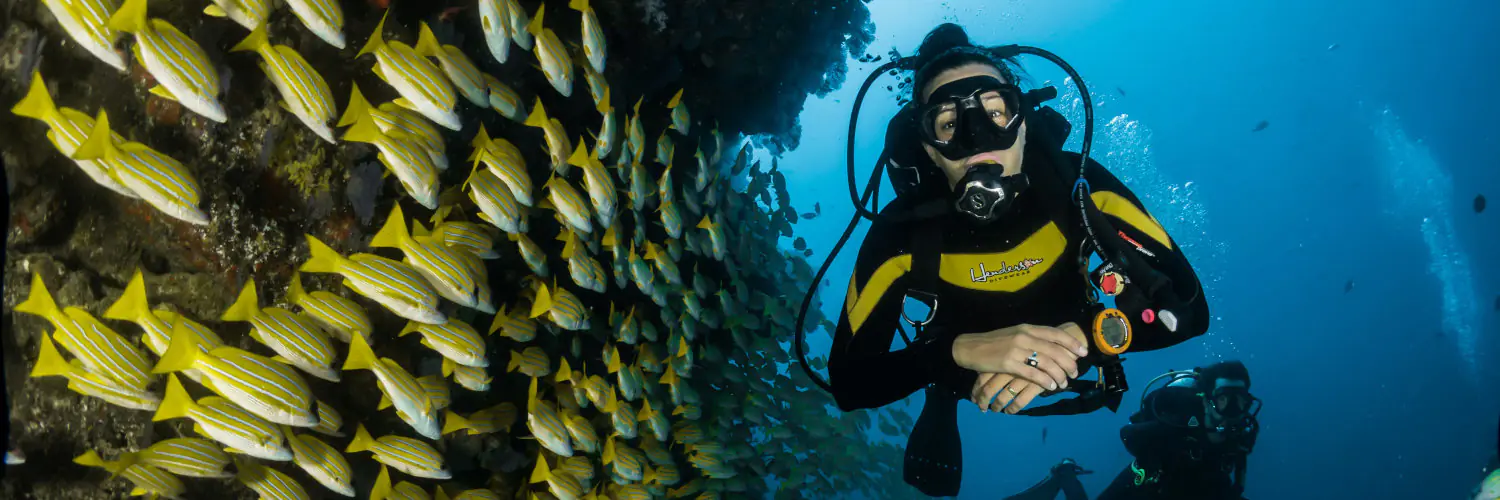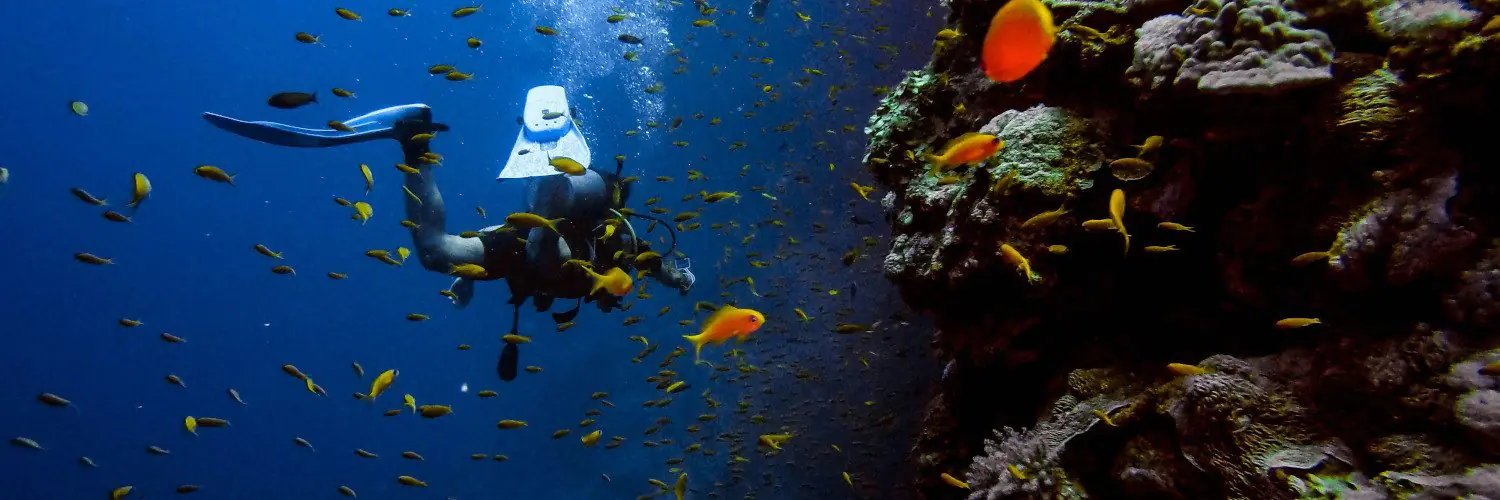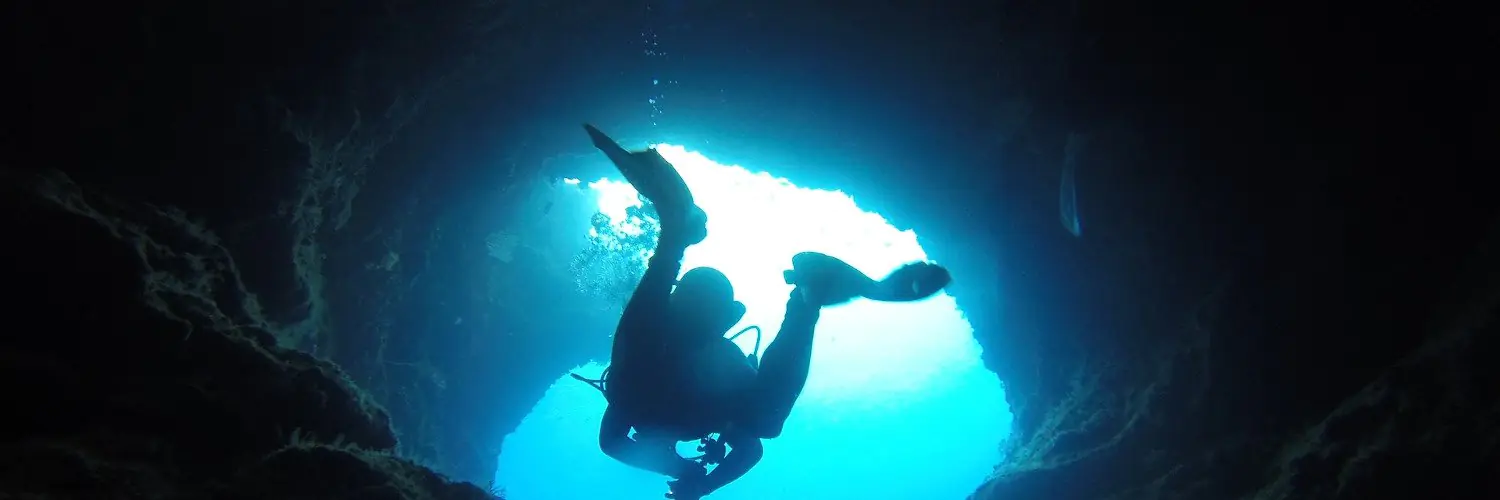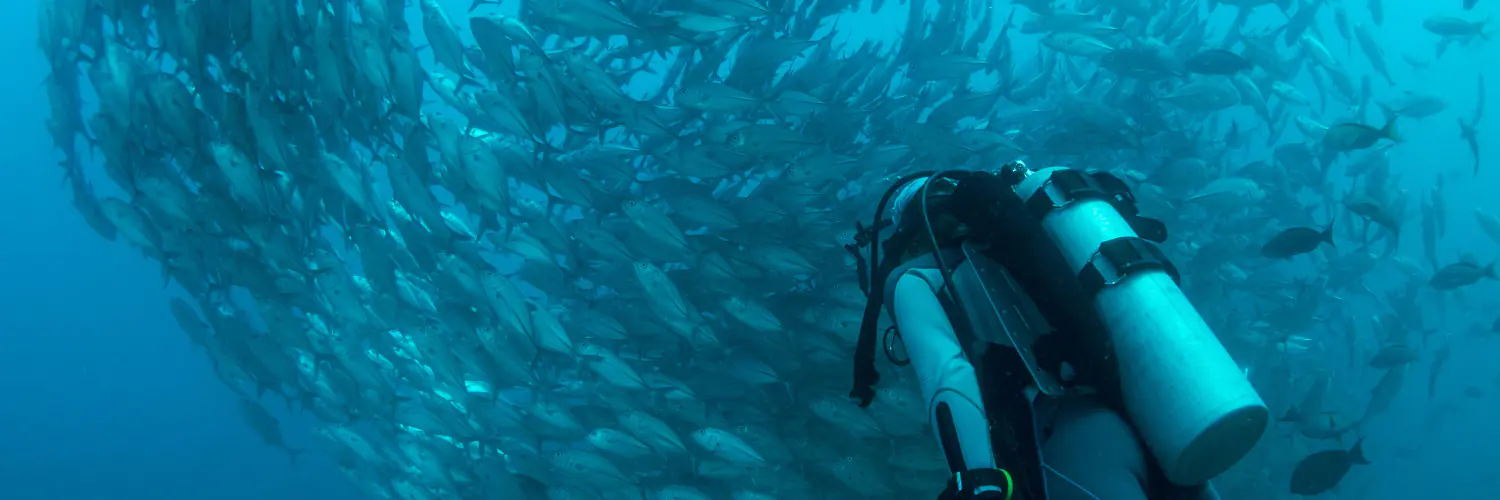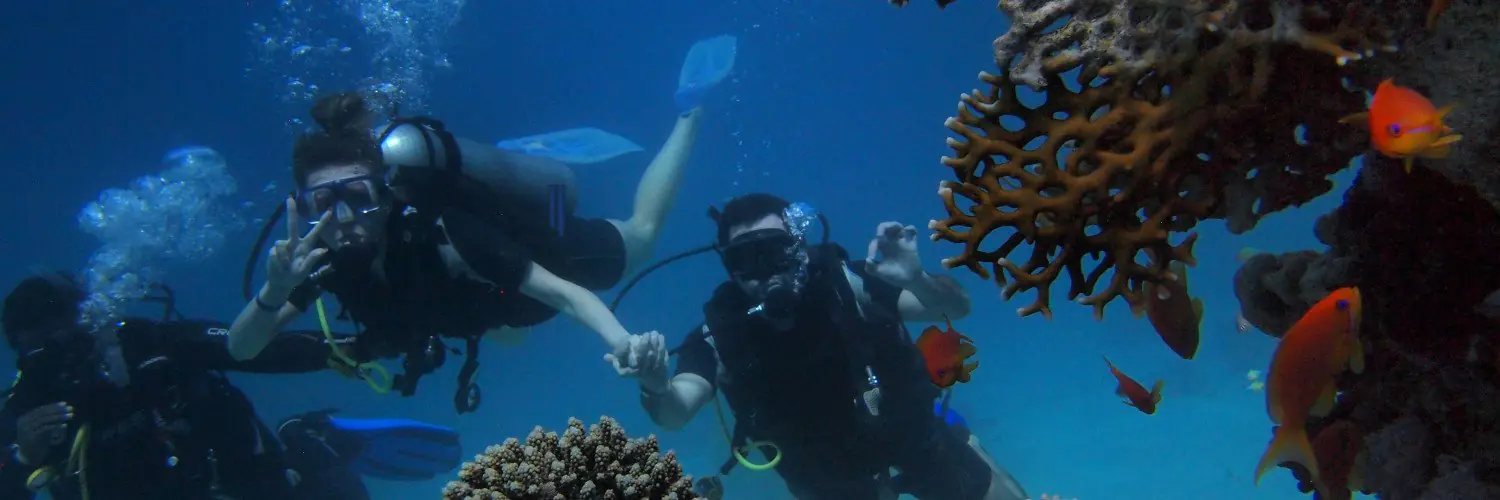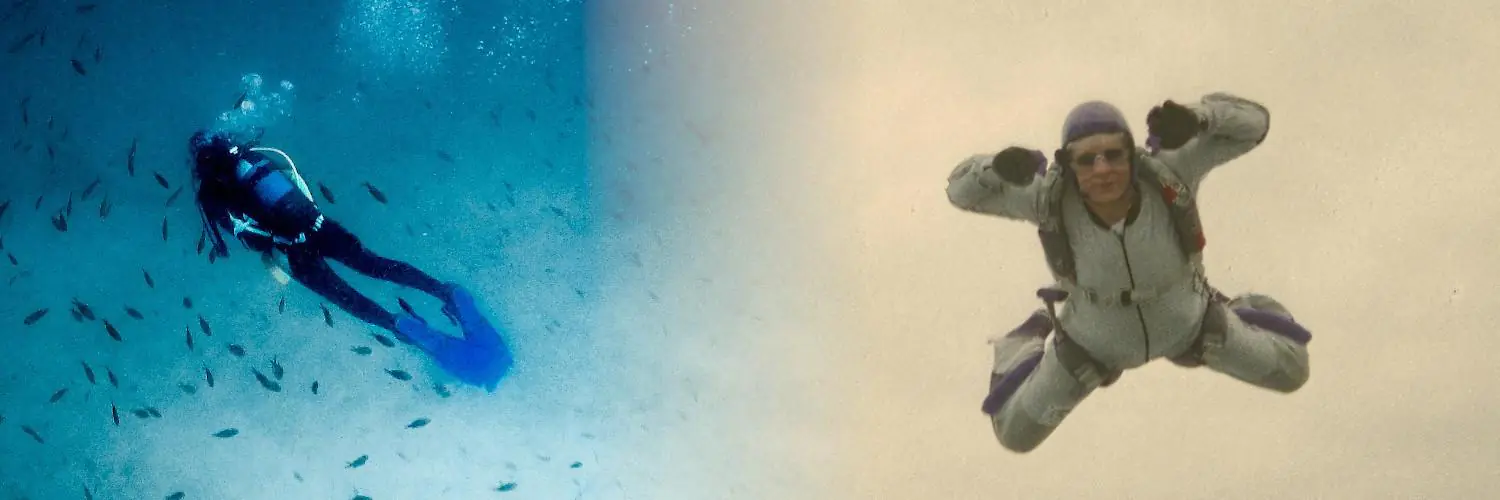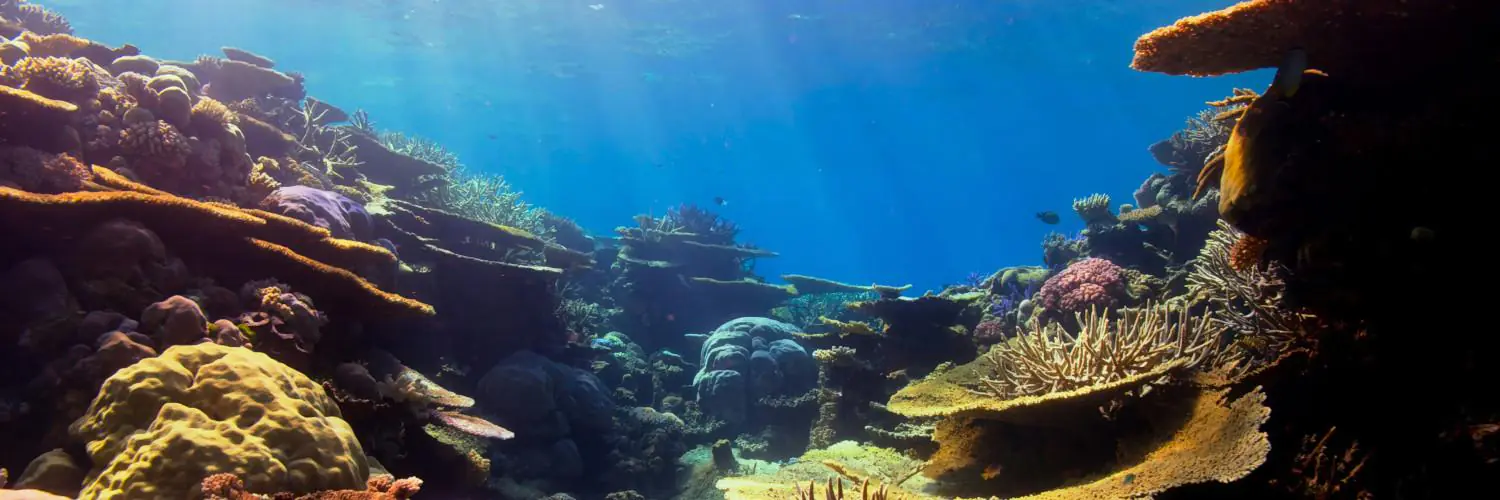Scuba diving offers an extraordinary experience that allows individuals to explore the wonders of underwater realms. An essential aspect of diving safely is mastery of proper breathing techniques, as they directly impact oxygen consumption, buoyancy control, and diver comfort. While submerged, divers breathe compressed air from tanks, and the way they breathe can significantly affect air consumption rates and the duration of their underwater exploration.
Breathing underwater is not as instinctive as on land due to the unnatural feeling of inhaling through a regulator and the resistance presented by the water pressure. Divers are taught to breathe slowly and deeply from their diaphragm to maximize gas exchange in the lungs, ensuring efficient use of their air supply. This technique, often referred to as “belly breathing,” helps maintain buoyancy and minimizes the risk of lung overexpansion injuries.
Scuba divers must also be conscious of the need to avoid holding their breath underwater, as this can lead to serious complications due to the changing pressure at different depths. Consistent, rhythmic breathing ensures that pressure is equalized inside the lungs, preventing damage and facilitating the expulsion of carbon dioxide, a byproduct of the body’s metabolism. Through practice and patience, divers develop the skills to manage their breathing proficiently, enhancing the overall scuba diving experience.
Table of Contents
Understanding Scuba Breathing
In scuba diving the manner in which one breathes is pivotal to ensuring safety and properly managing air supply. It involves understanding the role of lungs and diaphragm, the process of gas exchange, and navigating the various pressures encountered underwater.
The Role of Lungs and Diaphragm
The lungs serve as the primary organs for gas exchange, inflating and deflating with each breath due to the action of the diaphragm – a muscle beneath the lungs. As divers inhale, their diaphragm contracts, allowing the lungs to expand and fill with air. Conversely, upon exhalation, the diaphragm relaxes and the lungs contract, expelling carbon dioxide. Effective scuba breathing emphasizes diaphragmatic or ‘belly breathing’ to optimize this process.
Gas Exchange and Blood Oxygenation
Gas exchange occurs in the lungs’ alveoli where oxygen from the inhaled air is transferred to the blood, and carbon dioxide is removed. Oxygen-rich blood is then circulated throughout the body, providing essential energy for bodily functions. Scuba divers need to maintain a steady rhythmic breathing pattern to ensure efficient gas exchange and avoid a buildup of carbon dioxide, which can lead to disorientation or discomfort.
Pressure Changes and Their Effects
Underwater, pressure increases with depth, affecting air density and lung function. The ambient water pressure compresses the air in a diver’s scuba tank and their lungs. This necessitates equalizing the air spaces within the body to prevent barotrauma. Divers must breathe continuously without holding their breath to balance the pressure during ascents and descents in the water column. Understanding these changes is crucial for maintaining proper lung function and air consumption rates while diving.
Breathing Techniques for Scuba Divers
Effective breathing techniques are crucial for scuba divers to manage air consumption and reduce stress underwater. These methods focus on breath control and relaxation to ensure an efficient and enjoyable dive.
Diaphragmatic Breathing
Diaphragmatic breathing, often referred to as “belly breathing,” is fundamental for divers. It involves inhaling deeply through the nose, allowing the diaphragm to move downward and the abdomen to expand. This technique ensures a full oxygen exchange by maximizing lung capacity. During the exhale, the diaphragm rises, and the abdomen contracts, expelling carbon dioxide thoroughly.
Slow and Deep Breathing
Scuba divers benefit greatly from slow and deep breathing. Taking lengthened breaths in and slowly releasing them does not only conserve air but also maintains a calm state of mind. This approach prevents the rapid depletion of the air supply and assists in maintaining neutral buoyancy as divers inhale and exhale.
Synchronized Breathing Patterns
Establishing a synchronized breathing pattern is essential for effective breath control while diving. Divers should develop a rhythm where inhalations and exhalations are of equal duration, forming a steady, cyclic pattern. This consistency helps divers to stay relaxed and monitor their air consumption more accurately.
By emphasizing diaphragmatic, slow, and synchronized breathing patterns, divers can enhance their underwater experience through improved air management and reduced stress.
Buoyancy Control through Breath
Mastering buoyancy control is a critical aspect of scuba diving, primarily achieved through mindful breathing techniques. This section explores how divers can achieve neutral buoyancy and make precise buoyancy adjustments by regulating their breath.
Achieving Neutral Buoyancy
A diver attains neutral buoyancy when they neither sink nor float. The key to achieving this state is to fine-tune the amount of air in their Buoyancy Control Device (BCD) while using their lungs to make smaller adjustments. Inhaling deeply causes a diver to rise as their lungs expand, while exhaling makes them descend due to the decrease in lung volume. One must practice adjusting their breath to maintain neutral buoyancy, which is a state where they hover effortlessly in the water.
- Inhale: Lung volume ↑ → Diver ascends
- Exhale: Lung volume ↓ → Diver descends
Breathing Habits and Buoyancy Adjustments
Divers must develop consistent breathing habits to maintain buoyancy control. Each breath should be slow, deep, and rhythmic; sudden changes can disrupt buoyancy. Fine-tuning buoyancy mid-dive involves slight breathing adjustments: a small, controlled exhale to descend a little or a gentle inhale to ascend. It is crucial for divers always to breathe continuously without holding their breath to avoid the risk of a lung over-expansion injury. Maintaining a steady breathing pattern allows for precise buoyancy control, contributing to a safer and more enjoyable dive.
Remember, adjustments to buoyancy with breath are minimal and supplemental to the use of the BCD for larger buoyancy changes.
Managing Air Consumption
Proper management of air consumption is critical for safe and extended scuba dives. Divers need to monitor their air supply carefully and employ techniques that efficiently reduce the rate of consumption.
Monitoring and Calculating Air Supply
A diver must frequently check their tank’s pressure gauge during a dive to ensure they have sufficient air supply. Tanks are typically filled to 3,000 psi, and consumption rates can be pre-calculated based on planned dive profiles. They should always plan their dive with consumption rates in mind, keeping a buffer for emergency situations.
Sample Tank Pressure Check Intervals Table:
| Dive Time | Pressure Check |
|---|---|
| Every 5 minutes | Check gauge |
| Significant depth change | Check gauge |
Techniques to Reduce Air Consumption
Divers can adopt several techniques to improve their air efficiency:
- Breathing: Engage in diaphragmatic breathing, where inhalation is done slowly over a count of two, allowing the abdomen to rise. This technique facilitates efficient lung ventilation.
- Streamlining: Reduce resistance by ensuring dive gear is well-fitted and secured, minimizing drag.
- Movement: Use calm, slow, and deliberate movements underwater. Avoid unnecessary fidgeting or fast finning.
- Relaxation: Decrease stress levels to naturally reduce the rate of breathing. Comfort in the water environment is key to maintaining a low heart rate.
- Fitness: Regular exercise enhances cardiovascular efficiency, leading to less oxygen use and improved air management.
Maintaining an efficient dive profile not only maximizes the dive experience by extending bottom time but also ensures a higher safety margin throughout the dive.
Psychological Aspects of Scuba Breathing
Effective breathing techniques are key to managing psychological responses while scuba diving. They help reduce underwater stress and anxiety, enhance mental clarity, and address common misconceptions, contributing to a safer and more enjoyable dive experience.
Reducing Anxiety and Stress Underwater
Anxiety and stress can potentially be dangerous for divers, as they may lead to panicked reactions. Training in breath control plays a critical role in maintaining calmness. Divers are advised to practice slow, deep breathing which can help mitigate anxiety and prevent stress responses. Controlled breathing enables one to conserve air and maintain buoyancy, making it easier to deal with unexpected situations underwater.
Breath Control for Mental Clarity
Maintaining a clear mind while submerged is pivotal for safe diving. Breath control contributes to mental clarity by ensuring a steady supply of oxygen to the brain. A rhythmic breathing pattern—inhaling deeply and exhaling fully—helps divers stay focused and alert. This practice of measured breathing is not just a physical process but also a mindful one, often likened to meditative techniques.
Common Breathing Misconceptions and Risks
A prevalent misconception in scuba diving is the idea of holding one’s breath. It’s imperative to understand that one should never hold their breath while diving, as this can cause lung over-expansion, leading to serious injuries. Instead, divers are taught the importance of continuous breathing and the potential risks associated with incorrect breathing techniques. Awareness and adherence to proper scuba breathing practices play a significant role in reducing risks associated with underwater breathing.

